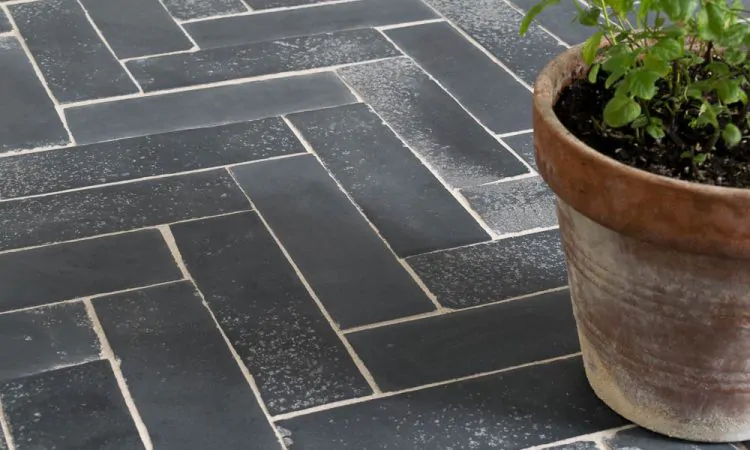
The use of limestone natural stone in the field of construction is widespread, especially in the European and North American regions. Almost all renowned buildings all over the world, most notably the Great Pyramid are made of limestone. A large number of architects and construction companies make use of Indian limestone to construct a number of fabulous structures that have been applauded worldwide.
There was a time when numerous applications of limestone emerge in the late 19th and early 20th centuries. In those times, this granite was frequently utilized to build railway stations, financial institutions, and other establishments. It is used to design the facade of various skyscrapers, however, in the form of reedy plates that are sheltered rather than used as solid blocks.
What does limestone refer to?
Contrary to other natural stones, limestone is considered a sedimentary rock prepared from calcium carbonate. Limestone is a non-siliciclastic sedimentary rock that is quite usual. The extraction of limestone can be done in almost every corner of the world.
The bulk of the rock is made up of the mineral calcite, mostly made up of the chemical calcium carbonate (CaCO3). It also includes quartz, clay minerals, pyrite, feldspar, and siderite in addition to these. Therefore, limestones are calcareous rocks with a high calcium carbonate content.
The stone collects in the form of biological debris, such as coral, shells, algae, or faecal deposits, in clear, warm, and shallow seawater. Additionally, it can be created when precipitated calcium carbonate that is dissolved in groundwater. Limestone has a variety of applications.
There are usually two diverse textures of limestone, tremendously fine and rough, given its physical properties. Chalk, travertine, Coquina, fossiliferous limestone, tufa, lithographic limestone, and oolitic limestone are some of the common types of limestone. Given the formation of each rock, its visual profile, its composition, and other aspects and applications, limestone has been divided into several categories.
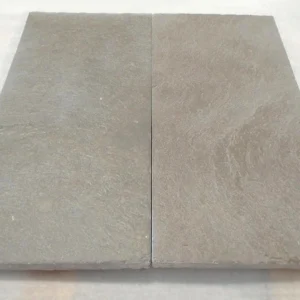
Limestone Types
Indian Limestone comes in different types. Here are some example of the different types of limestone.
Travertine
Stalactites, flowstone, and stalagmites come out as a result of the evaporation procedure that develops travertine, a popular type of limestone. Just like typical limestone, travertine is mainly employed in house remodeling projects in the form of a backsplash, countertop, vanity top, and other surfaces.
Tufa
Another popular type of limestone, tufa usually emerges near to water foundations and contain heavy concentrations of dissolved minerals, chiefly calcium carbonate. This type of limestone is used in diverse applications, like art and construction.
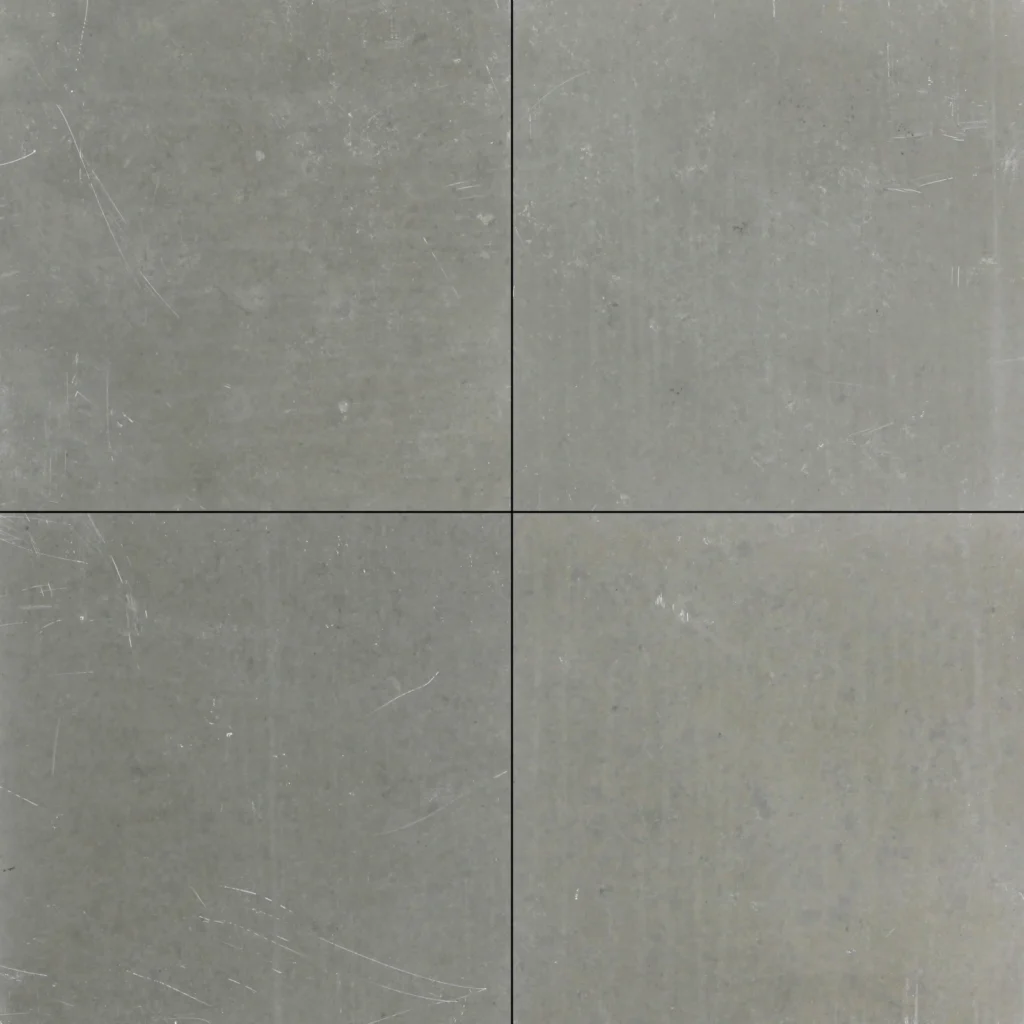
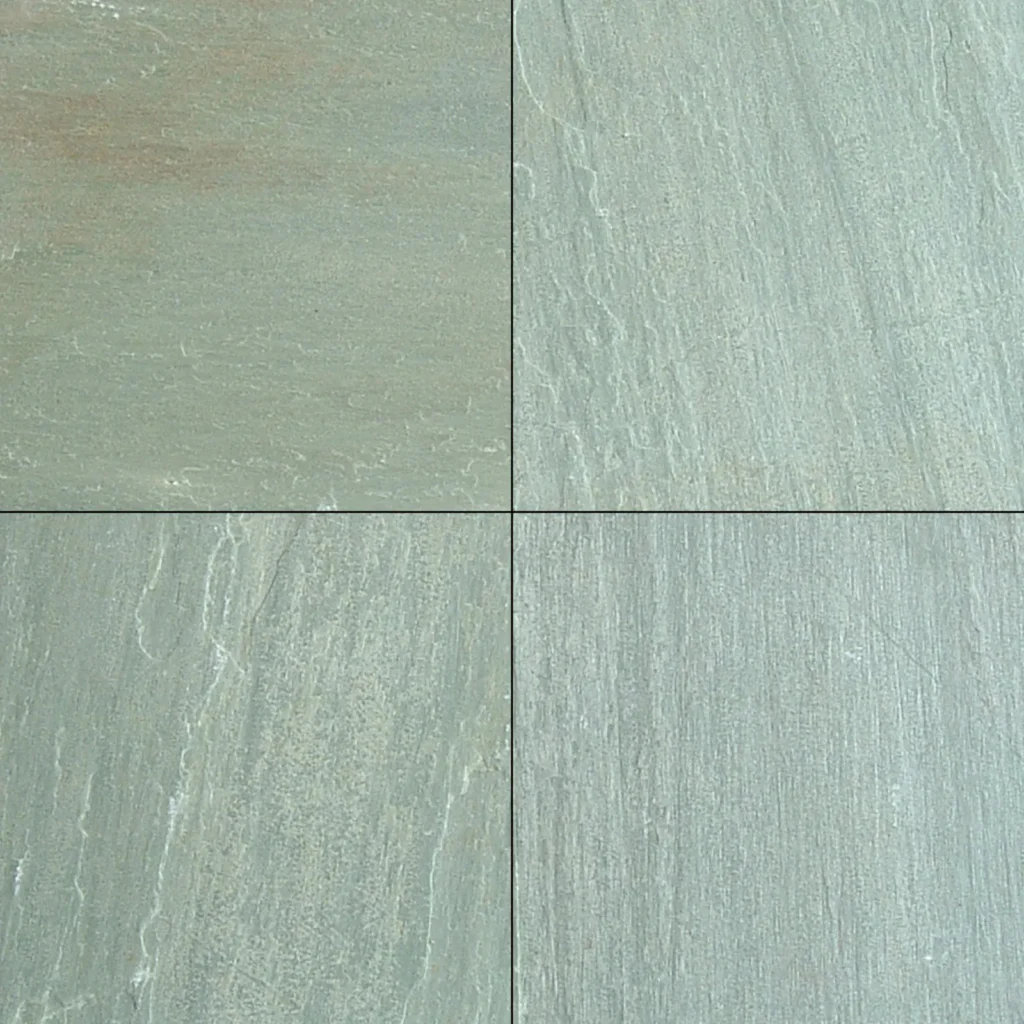
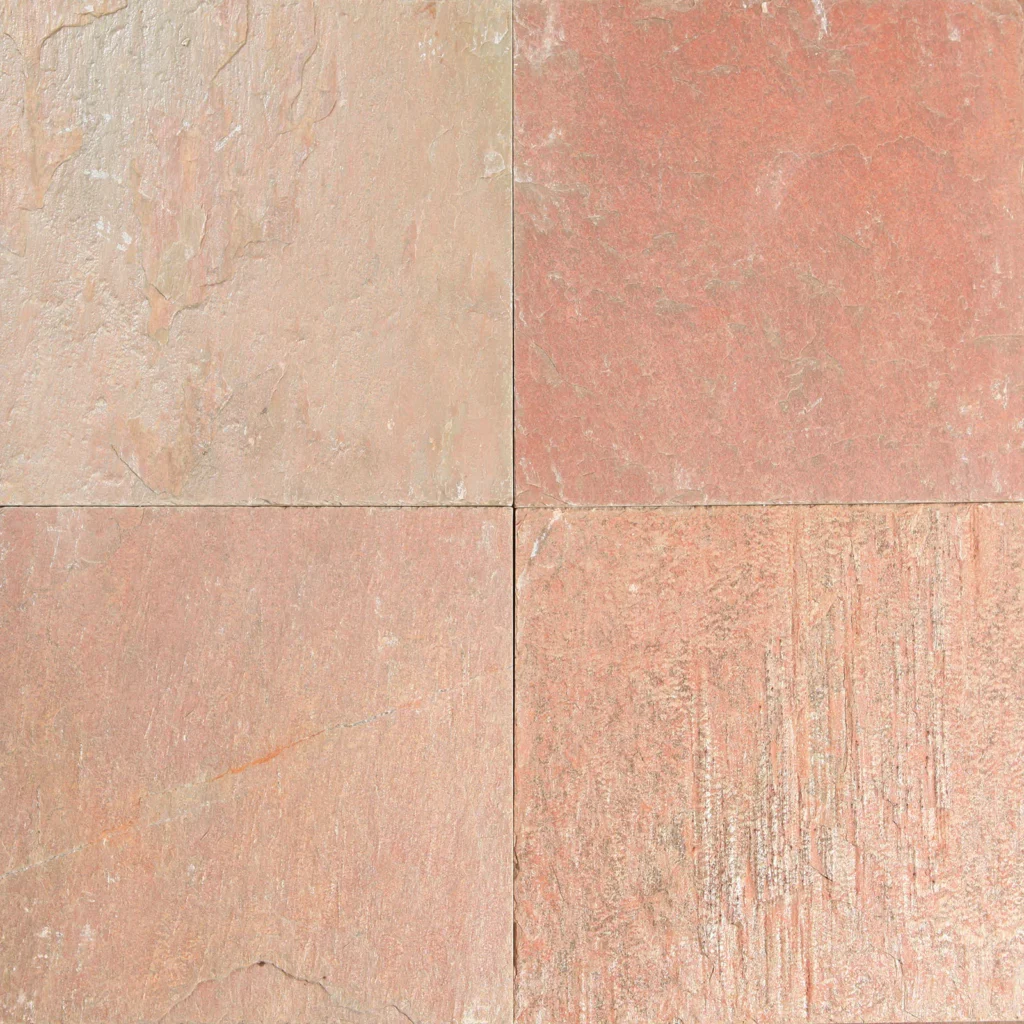
Oolitic Limestone
Calcium carbonate oolites, which are tiny grains organized in concentric layers, are what make up oolitic limestone. This kind of stone starts as a small white seed with a sphere-like shape, which later combines with numerous other oolites the size of sand to form a rock.
Some of the fragmented oolites show both the seed that started the oolite and the concentric layers that it was constructed from. The oolite in the unbroken specimens resembles a little pearl.
Chalk
Chalk is a non-clastic carbonate sedimentary limestone made of the mineral calcite. Chalk is a kind of limestone. It is soft, fine-grained, and readily pulverized. It has a white to grey tinge. It is made up of tiny marine organisms called foraminifera, coccoliths, and rhabdoliths. Up to 99 percent of calcium carbonate may be found in the best form of this stone.
Chalk is a soft Indian limestone that is pale in color. It frequently contains the remains of tiny aquatic organisms. Various similar features are connected to various sorts of natural stones.
Coquina
Limestone known as coquina commonly forms on beaches from fragments of broken shell. The fossil fragments in Coquina are carefully bound together by very small silt or clay particles.
Due to its high porosity, it is a viable aquifer for both private and public water supply. When other construction materials with greater physical strength and longevity are not easily accessible, coquina is utilised as a substitute.
Lithographic Limestone
Solid rock with uniformly small, fine-grained grains called lithographic limestone. It is discovered in limestone caves and narrow river beds that swiftly separate to create a very smooth surface. Lithographic limestone is a very smooth and thick kind of limestone.
Fossil-containing limestone
Fossiliferous limestone is defined as having fossilized shells and skeletal remnants. Common examples of marine invertebrates include brachiopods, crinoids, mollusks, gastropods, and coral. The typical skeleton and shell fossils may be found in a number of limestones, including fossiliferous limestone.
Applications of Limestone
Apart from construction, the limestone is used in several other sectors like agriculture, industrial, and others. A few of them are:
Agriculture
Calcium carbonate is the main component of limestone formations. This chemical can thus be quarried for use in farming. Typically, limestone is generated in a range of grades after being crushed into smaller pieces. Last but not least, these substances are marketed as “agricultural lime” or “Aglime,” which is used to neutralize soil acidity and release soil minerals like phosphates.
Industries
Many diverse industries make use of limestone. Many industries, including textiles, paint, paper, rubber, glass, and plastics, use limestone powder. They are used as fillers the bulk of the time. In addition, it is used in the steel sector to get rid of impurities throughout the production process. Minerals present in limestone can be found in toothpaste, baking soda, pharmaceuticals, and other products.
Construction
The mining of limestone is done to serve the building and construction sectors. The stone is therefore carefully measured and cut into slabs or blocks. Floor tiles, window sills, stair treads, and sculpture are just a few uses for limestone. Limestone flooring is quite popular among homeowners.
Limestone that contains a lot of clay is also used in the production of cement. Additionally, limestone is utilized to build roads and railroads. Giza, the most famous pyramid in Egypt, is constructed of limestone.
Others
Crushed limestone is used as a filter stone in on-site sewage disposal systems. Limestone powder is frequently used in coal-mining operations as a substance to absorb pollutants and control coal mine dust. Since lime is a by-product of limestone, it is used to neutralize and treat industrial sludge, wastewater, animal excreta and potable water.
The Conclusion
Limestone is one of the widely found and diversely used natural stone in the world. India is a major source of limestone and one can easily find a limestone supplier in India to source best quality limestone. From wall claddings to external flooring, the use of limestone is diverse and it has a special place in the field of building construction.
